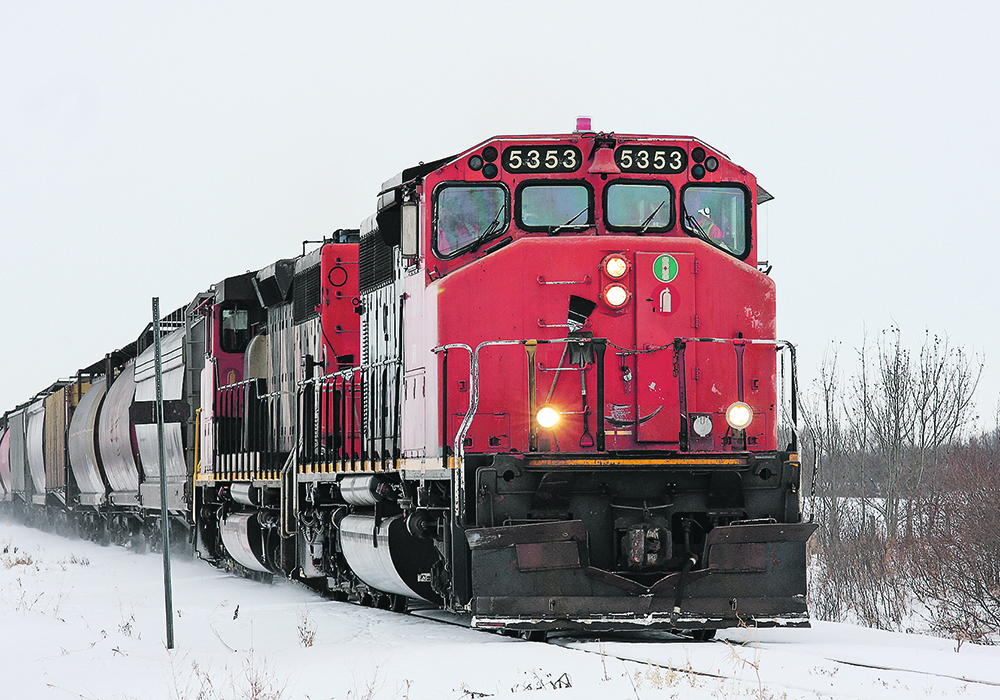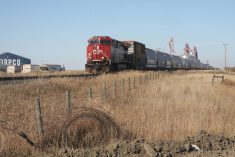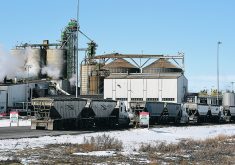Layered on top of COVID-19 supply chain disruptions and the existing global food crisis, the fallout of the Russian invasion of Ukraine has become a massive threat to global food security.
Canada can contribute to averting the worst outcomes, but only if we anticipate the situation and are prepared to work toward meeting the demand.
Particular attention needs to be focused on garnering sufficient rail capacity in advance of the extreme demands that may be placed on our export system over the next year or two.
Read Also

High prices see cow-calf producers rushing to incorporate
Farm accountants are reporting a steady stream of cow-calf producers rushing to get their operations incorporated ahead of selling their calves this fall.
The COVID-19 pandemic has had large impacts on nearly every supply chain and every market in the world. Shutdowns, labour shortages, demand shifts and transportation disruptions have been widespread.
A surge in demand, in part related to pandemic deferred consumption, combined with material, computer chip, labour, and transportation shortages, has created widespread price increases.
A dire global food situation existed even before the invasion of Ukraine. In February 2022, the United Nation’s Food and Agriculture Organization reported a new record for its world food price index that began in 1961, topping the nominal levels achieved in 2011.
February prices were also within two percent of the inflation adjusted peak that occurred one year before the 1974 World Food Conference in Rome.
The record food prices have placed extreme hardship on the world’s poorest populations and will surely jeopardize the lives of many millions who struggle to feed themselves.
The recent Russian invasion of Ukraine has made this dire situation worse. Ukraine is a major producer of corn, wheat and oilseeds that will be negatively impacted by the war.
Russia is a major producer and exporter of oil, natural gas, potash fertilizer and nitrogen fertilizer, and is the world’s largest exporter of wheat.
While many of these products continue to be exported, there has already been significant disruption brought about by economic sanctions and global supply chain issues.
The anticipated impact of fallout from these can be seen through much higher prices for various energy, fertilizer, and agricultural markets.
There have been many calls for Canadian energy producers, Canadian potash producers, and Canadian farmers to step up and fill some of the void created in these markets.
At current prices, they will be well motivated to do so. However, Western Canada will be successful in meeting some of the demands only if there is sufficient rail capacity to move these products to ports.
Unfortunately, the railways’ record of creating new capacity in anticipation of increased demand is mixed. The last rail transportation crisis began in 2013 when a larger than anticipated grain crop, combined with increased oil tanker movement, increased the demand for rail movement. In that year railways were ill equipped with far too few serviceable locomotives and crews to meet the demand.
A repeat of the 2013 scenario in 2022 would limit Canada’s ability to effectively address the current global food crisis. With growing labour and parts shortages that continue to plague many other supply chains, increasing rail capacity to meet demand will require early and concerted action.
There is a critical need for railways to act proactively to ensure sufficient rail capacity is in place. If Canadians want to ensure we can respond to the current global food, fertilizer, and energy crisis, Canada must also quickly begin discussions with railways to guarantee the required rail capacity is in place.
Funding a well-resourced network of professional agrologists to provide weekly public forecasts of crop production potential would also improve timely decision making.
Richard Gray is a professor and Grain Policy Chair in the University of Saskatchewan’s Department of Agricultural and Resource Economics.















